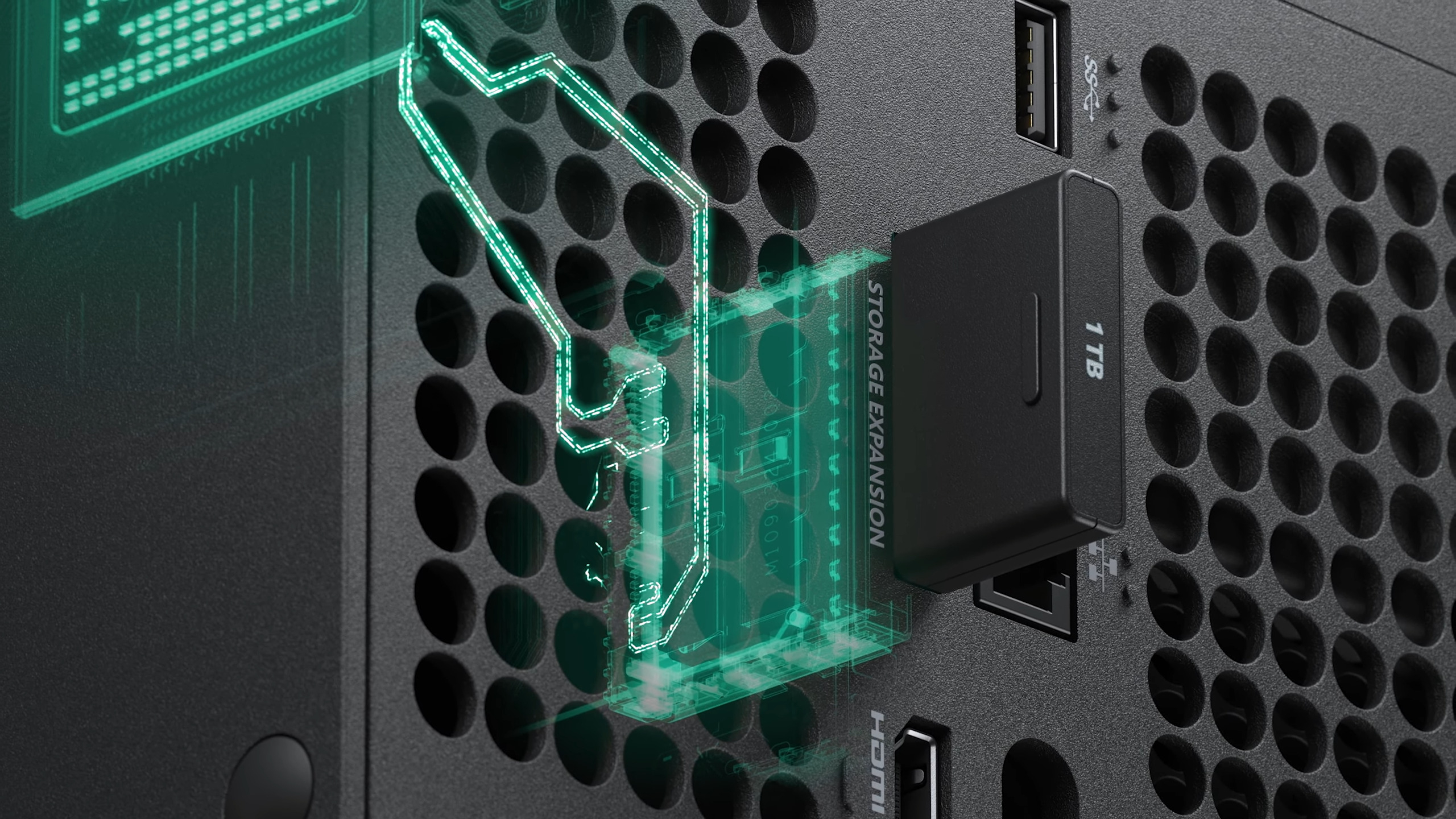YouTube relaxes moderation rules to allow more controversial content. Videos are allowed if "freedom of expression value may outweigh harm risk"
-
This is just going to be used to allow fascist propaganda, isn't it?
Well yes. You obviously still can’t say “le dollar bean” without getting nuked from orbit. YouTube is a goodly Christian corporation after all, can’t have such content.
-
This post did not contain any content.
Videos are allowed if "freedom of expression value may outweigh harm risk"
oh it's that easy huh. why didn't we think of this before lol.
-
This post did not contain any content.
Do people still have to say unalive?
Censorship is goddamn stupid.
They should just tag content & let people decide what to filter. -
This post did not contain any content.
I'm gessing that's not gonna positively impact the people i watch and instead go towards some dumb shits.
-
This is just going to be used to allow fascist propaganda, isn't it?
And still block curse words and specific terms. Fuck this place
-
This post did not contain any content.
"Muh
freedumsprofit" outweighs life. The silent bit spoken aloud. Cool cool.As expected from this timeline and this garbage conglomerate.
-
Do people still have to say unalive?
Censorship is goddamn stupid.
They should just tag content & let people decide what to filter.I'm going to start using "inhumed".
-
This post did not contain any content.
Good. I don't really care about youtube, but less censorship is always a good thing.
How can you people say you respect science when you support silencing any criticism of it? That's not science. That's religion.
That said, this criteria clearly only exists to protect "influencers" who make youtube a proportional amount of money. If you have a channel with very little traffic and you say something controversial, you'd better believe your "freedom of expression value" will not be high enough to outweigh the corporation's perceived "harm risk."
-
And still block curse words and specific terms. Fuck this place
Fuck this place
Are you implying you don't use YT at all? Or you use it and choose to be unhappy with it?
Just curious, I often get mad because they need to censor words, but not to the degrees to say 'fuck this place" and move to the other (unborn) alternative.
-
This post did not contain any content.
Can we talk about adblockers, or is that still somehow worse than nazi shit?
Btw they removed a popular Youtuber's "Degoogle Your Life" series lmfao (Linus Tech Tips). But a far-right thinnly-veiled racist video? All a'okay according to Google.
-
Fuck this place
Are you implying you don't use YT at all? Or you use it and choose to be unhappy with it?
Just curious, I often get mad because they need to censor words, but not to the degrees to say 'fuck this place" and move to the other (unborn) alternative.
Personally I don't use YouTube the website at all at this point. I'm 100℅ Freetube and yt-dlp/Plex for watching the channels I like.
-
Fuck this place
Are you implying you don't use YT at all? Or you use it and choose to be unhappy with it?
Just curious, I often get mad because they need to censor words, but not to the degrees to say 'fuck this place" and move to the other (unborn) alternative.
The alternatives are there. They don't have the volume of course, but they're very much born...
-
This post did not contain any content.
youtube shadowbanning, demonitization and censorship is the most retarded shit that's ever happened to the internet. the whole website is videos and comments of people who cater to kids and commercial advertisers and cant say shit.
-
Do people still have to say unalive?
Censorship is goddamn stupid.
They should just tag content & let people decide what to filter.Content speak continously erodes my frontal lobe.
-
This post did not contain any content.
We will (still) allow children's cartoon characters to be mutilated and put into explicit situations and then push them as child friendly, but how dare you use a swear in the first 15 seconds of a video or say the work kill.
-
Fuck this place
Are you implying you don't use YT at all? Or you use it and choose to be unhappy with it?
Just curious, I often get mad because they need to censor words, but not to the degrees to say 'fuck this place" and move to the other (unborn) alternative.
I'm not sure of what you mean at the end there.
I see youtube content. I do not pay for it and they are likely unhappy that I get to use it as they get zero benefit from it.
-
This is just going to be used to allow fascist propaganda, isn't it?
Yep. It's exactly what Facebook did not long ago. It's just the most open oligarchy you can imagine, just consolidating their interests to push fascism at full throttle.
Its gonna be interesting, knowing some world cup is gonna happen on US soil as well.
-
This post did not contain any content.
Intention: YouTubers can stop with the whole self censoring shit.
Example: Unaliving; PDF file; grape; etc.
Reality: Ben Shapiro, Matt Walsh, and other right wing grifters receive zero censorship while YouTubers still have to self censor to receive monetization.
-
yes, surprising a total of 0 people.
I am Jack’s lack of surprise.
-
Intention: YouTubers can stop with the whole self censoring shit.
Example: Unaliving; PDF file; grape; etc.
Reality: Ben Shapiro, Matt Walsh, and other right wing grifters receive zero censorship while YouTubers still have to self censor to receive monetization.
YouTube started to censor foss content for being violet and dangerous.






